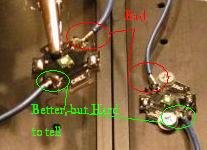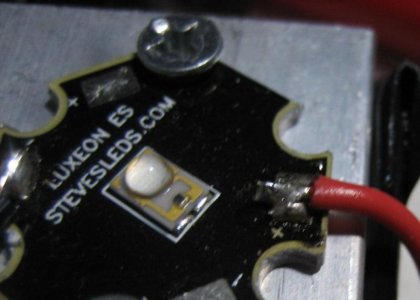TropTrea
New member
the RBT are simular to corals they need a lot of blue light. The most common problem for people that cannot keep them alive is that they do not have enough Blue Light. I had one in y 120 gallon with T-5's for three years and it never divided, and never looked fantastic. When I added 6 3 watt Royal Blues about 13 months ago it tripled in size and now I have three of them all huge.
Macro algea is different than corals though. Macro algea's that work as good scrubbers while they uses some blue light they also need Red light. This is evedent in nature where they gorw great in calmer and shallower waters than they do in deeper water. I use one neutral white and one daylight Compacts over my refugium. There is noticably more growth on the side that gets the neutral light comprared to the daylight side. but all my macro algea is Cheato which loves to float on the surface. Some of the other macro algeas may be different.
Macro algea is different than corals though. Macro algea's that work as good scrubbers while they uses some blue light they also need Red light. This is evedent in nature where they gorw great in calmer and shallower waters than they do in deeper water. I use one neutral white and one daylight Compacts over my refugium. There is noticably more growth on the side that gets the neutral light comprared to the daylight side. but all my macro algea is Cheato which loves to float on the surface. Some of the other macro algeas may be different.

















